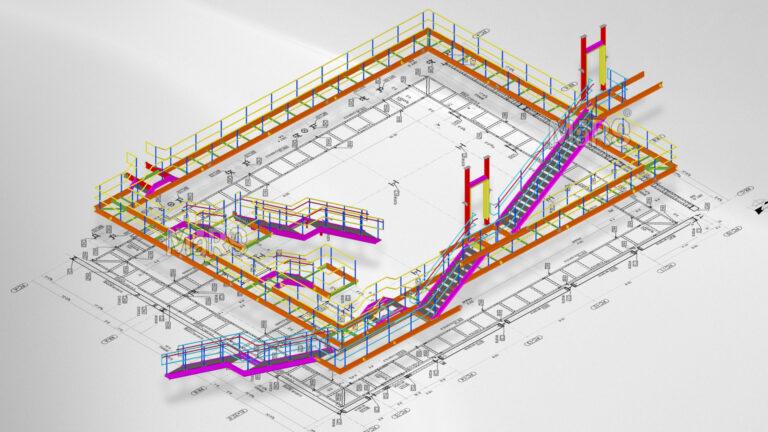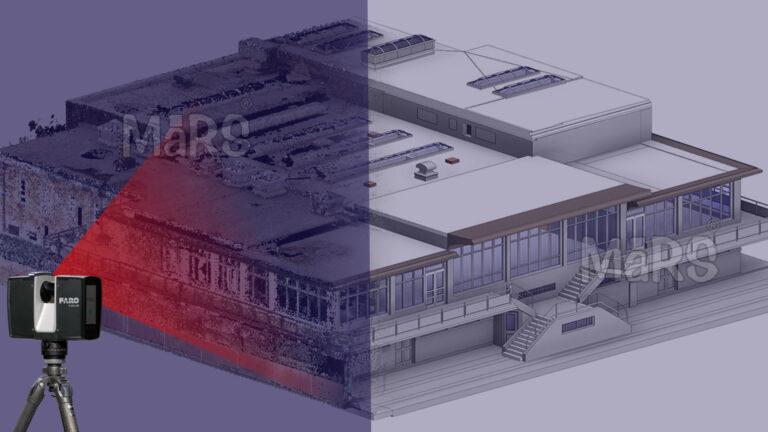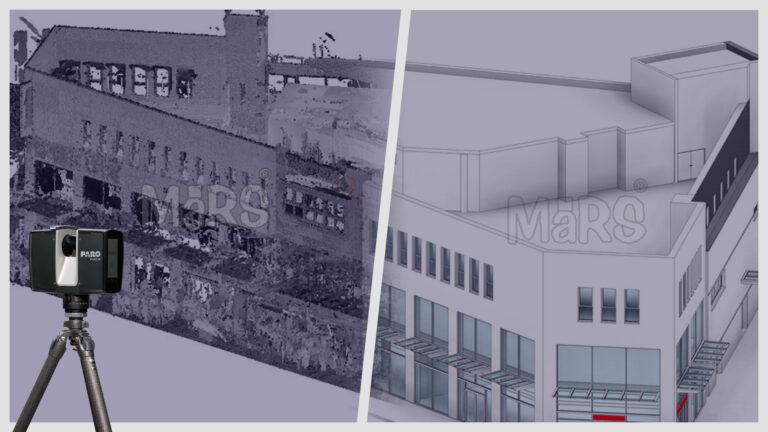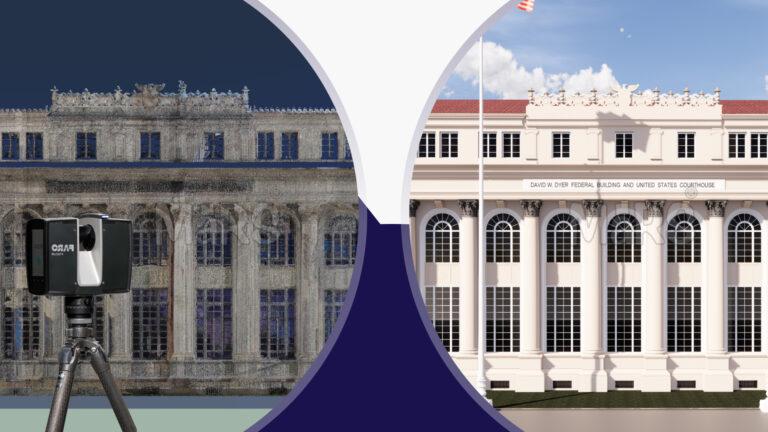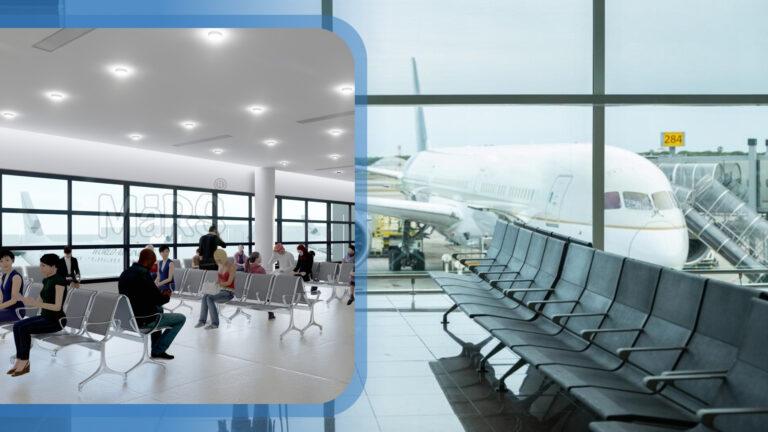Business and professional practices have changed due to the construction industry’s use of Building Information Modeling (BIM), which has significantly increased project management efficiency. Though it has encountered certain obstacles and skepticism, BIM seeks to digitize the sector and streamline work procedures. Positive effects on productivity and well-being have been seen as a result of the use of cloud-based BIM in fostering interdisciplinary collaboration and drawing and keeping skilled labor.

BIM can also help the building industry adopt a circular economy by addressing sustainability knowledge, building phases, and demolition procedures. By adopting a framework linked to virtual reality (VR) technology, construction site efficiency and safety may be tracked.
Construction site monitoring is crucial for the evaluation, tracking, and observation of safety and management practices. Using BIM to lower workplace dangers and increase worker safety is covered in great length in the remaining sections of this article.
Using BIM for Workplace Safety Early in the Design Process
Digitization offers a chance to enhance risk management and workplace safety planning, even in the construction industry where workplace accidents are common. As schedules can lessen their impact, the best times to affect construction safety are during the conceptual and detailed design phases. BIM is widely used for design optimization and simulation to support stakeholder work and feasibility investigations.
Safety hazards need to be carefully identified and mitigated during the conceptual stage to avoid accidents. As BIM integrates occupational safety data into the geometric model during the design and execution phases, it makes it possible to model both permanent elements and temporary projects.
Using real-time rendering these elements can be visualized which helps identify possible conflicts. By decreasing conflicts and enhancing the planning and sequencing of construction activities, clash detection tests can enhance occupation safety throughout the pre-construction phase. Early in the construction project, workplace safety and hazard prevention should be prioritized. BIM methodology and software-enabling technologies, such as Navisworks, can be used throughout the design phase.
Construction Site Safety and Hazards
To detect potential safety concerns and dangers throughout the project’s lifecycle, a safety hazards assessment is necessary on the construction site. In general terms, the assessment has shown the probable risks listed below:
- Falling from a height
- Exposure to biological and chemical risks
- Exposure to crushing and other risks during the installation and/or removal of structural components.
When a safety threat cannot be completely removed, mitigation measures must be taken. These actions fall into two categories: Group and Individual safety precautions.
Guardrails, floor opening protection, and appropriate ladder use are examples of Group measures.
Individual safety measures, such as wearing protective gear, must be put into place if group efforts prove insufficient.
Using BIM Modeling to Coordinate Workplace Safety in Construction
BIM can assist in identifying possible problems and coordinating on-site worker safety and hazard mitigation in the following ways during the design phase using Navisworks software:

Detection of potential clashes
A BIM visualizer used for conflict detection testing is called Navisworks. It imports Revit models into the visualizer, generating unique component sets for every object. These sets can be parametrically or manually modified. Navisworks detects discrepancies inside the interdisciplinary model using the Clash Detection Services. The conflicts that were found can be separated into two categories: those that Navisworks users can handle and those that need to be remodeled in Revit.
Safety Hazards Mitigation
Communication between the construction teams and the designer is enhanced by the use of visual simulations of the construction site and its operations, which follow conflict detection. To enhance comprehension of the construction’s dimensions and logistics, an avatar can be integrated using Navisworks. Safety risks and countermeasures are the main topics of the simulations. One way to analyze platform location and access restrictions concerning other elements is, for instance, to evaluate the movement of steel elements supported by an avatar and a suspended platform model.
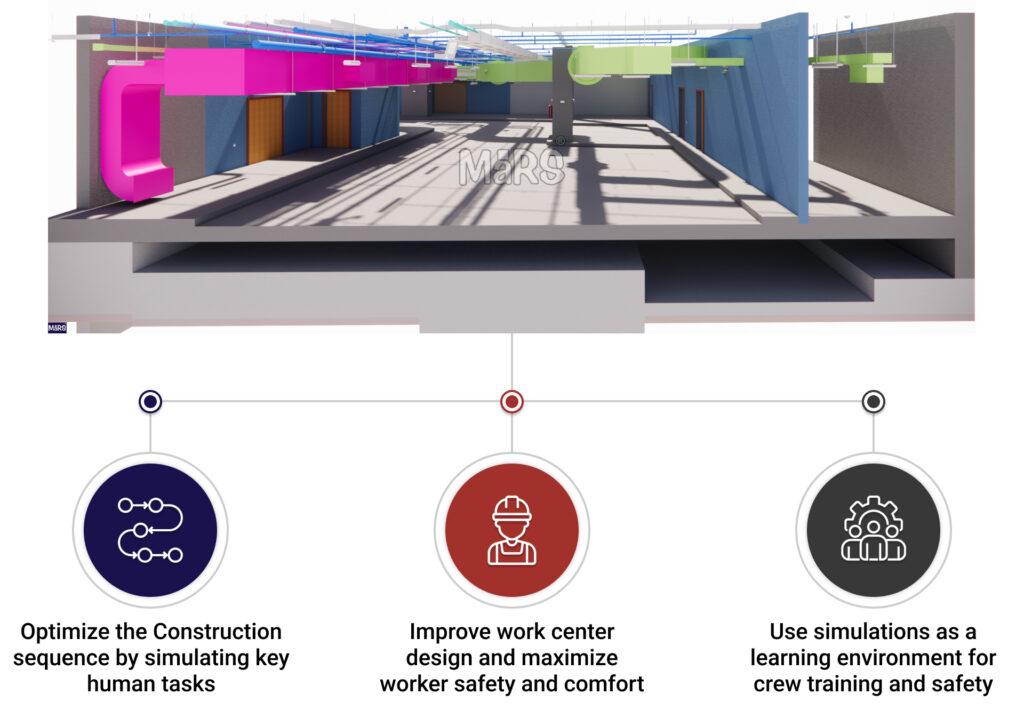
Construction Activity Simulation
By using the planning map and 3D building model, the Timeline function in Navisworks may be utilized to simulate construction processes and create a 4D Scheduling Model. With the addition of a parameter input to the architecture and temporary elements to identify the construction activity, preparatory activities can be carried out in Revit and MS Project. After that, the file may be exported to Navisworks, where sets based on different activities can be created using the Search Sets tool. The construction process can be visually represented step-by-step with the run command since each set corresponds to a specific task type.
Summing up
Upon thorough examination, it can be inferred that BIM’s adaptability to construction safety management is possible since it can enhance site safety through improved communication and the avoidance of rework, which lowers the risk of accidents and injuries occurring on the job site. Efficiency benefits and value for money in the construction sector can also be greatly impacted by BIM tools.


